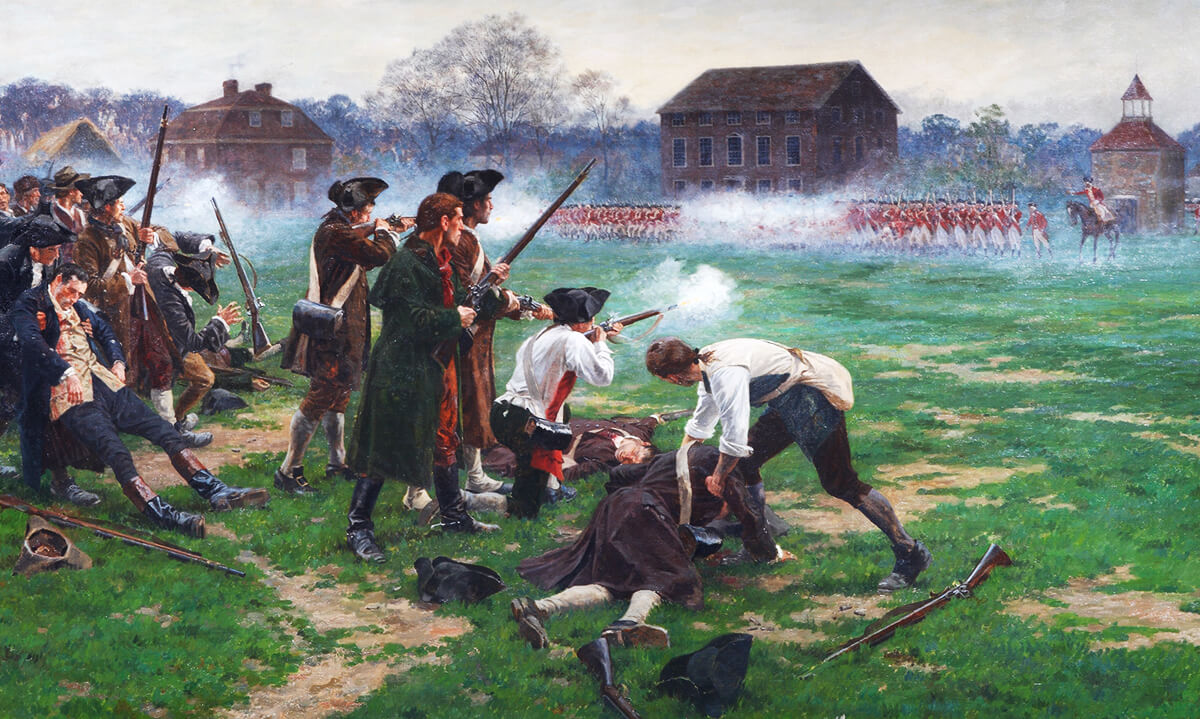I have now reached that point, that there is no man so vile but thinks it his right to insult me. The day will come when the world will reckon it a virtue to him who has not given his consent to their abuse.1
 Columbus wrote these words off the coast of Spain, bound in chains. An official officer sent by the King and Queen to investigate allegations of misconduct shipped Columbus and his brothers back to Spain in 1500 after usurping power and allying himself with the armed rebels. Columbus penned the above letter as a vindication of his conduct to Ferdinand and Isabela, and in a sense, his claim proved to be prophetic. As soon as the Sovereigns discovered the imprisonment of Columbus, they ordered him released and to appear before them in order to address the accusations. After hearing Columbus’s defense, they cleared him of all charges. The allegations were not credible and proved to be false upon investigation. Columbus was restored.
Columbus wrote these words off the coast of Spain, bound in chains. An official officer sent by the King and Queen to investigate allegations of misconduct shipped Columbus and his brothers back to Spain in 1500 after usurping power and allying himself with the armed rebels. Columbus penned the above letter as a vindication of his conduct to Ferdinand and Isabela, and in a sense, his claim proved to be prophetic. As soon as the Sovereigns discovered the imprisonment of Columbus, they ordered him released and to appear before them in order to address the accusations. After hearing Columbus’s defense, they cleared him of all charges. The allegations were not credible and proved to be false upon investigation. Columbus was restored.
Today, the legacy of Columbus finds itself in a similar situation. Columbus Day yearly becomes a battlefield where supposed experts once again drudge up these same old allegations and tout them as some new revelation. One of the most common, and therefore ridiculous, claims is that Columbus trafficked the native women in sex slavery.
Sources ranging from Wikipedia2 to the equally laughable Snopes3 make this accusation. The Huffington Post likewise claims Columbus “supervised the selling of native girls into sexual slavery,” and that he “makes a modern villain like Saddam Hussein look like a pale codfish.”4
They base such a claim on a quote from the same exact letter referenced above. The detractors read a single sentence out of context, and then push their misreading as fact. They quote Columbus as condoning and participating in sex slavery because in his letter he writes:
For one woman they give a hundred castellanos, as for a farm; and this sort of trading is very common, and there are already a great number of merchants who go in search of girls; there are at this moment from nine or ten on sale; they fetch a good price, let their age be what it will.5
This, they say, proves Columbus a villain. However, if we just continue reading the paragraph, Columbus is not at all saying this is a good thing. In fact, he lists these actions in the middle of a long explanation of all the atrocities which a rebelling faction committed. He goes on to lament:
I declare solemnly that a great number of men have been to the Indies, who did not deserve baptism in the eyes of God or men, and who are now returning thither.”6
From even just the slightest bit of context, we discover that the truth is actually exactly opposite of the accusations. What is even more remarkable, is that the same crowd who makes these historical distortions, also overlook the sexual exploitation committed by some of the indigenous people.
During Columbus’ voyages, he came across several islands ruled by a people know as the Caribs (where we get the word Caribbean). He found villages comprised of mostly women who had been enslaved and taken away from their homes. One of the leading crewmen describes that:
These captive women told us that the Carribbee men use them with such cruelty as would scarcely be believed; and that they eat the children which they bear to them, only bringing up those which they have by their native wives.7
This is beastly and truly horrific. Want to talk about sexual exploitation and abuse? There it is. We often think that the New World which Columbus discovered was populated only by kind and peaceful natives. This, however, couldn’t be further from the truth. As you dive into the real, eye-witness accounts of the pre-Columbian world, you discover what Columbus and the later explorers encountered—a land filled with cannibalism, slavery, polygamy, sex trafficking, and even genocide against other tribes.
We will be the first to tell you no one is perfect. The Bible is clear, “all have sinned, and come short of the glory of God” (Romans 3:23). And that certainly includes Columbus, who was far from perfect. But, in the remarkable drama of discovering the New World, Columbus was certainly not the villain he’s portrayed as today.
Endnotes
1 Christopher Columbus, “Letter of the Admiral to the (quondam) nurse of the Prince John, written near the end of the year 1500,” Select Letters of Christopher Columbus (London: Hakluyt Society, 1870), 153-154.
2 “History of Sexual Slavery in the United States,” Wikipedia, accessed October 8, 2018.
3 “Did Christopher Columbus Seize, Sell, and Export Sex Slaves?” Snopes, accessed October 8, 2018.
4 Eric Kasum, “Columbus Day? True Legacy: Cruelty and Slavery,” Huffington Post, October 10, 2010.
5 Columbus, “Letter of the Admiral to the (quondam) nurse of the Prince John,” Select Letters (1870), 165.
6 Columbus, “Letter of the Admiral to the (quondam) nurse of the Prince John,” Select Letters (1870), 165.
7 “Letter of Dr. Diego Alvarez Chanca,” Smithsonian Miscellaneous Collections (Washington: Smithsonian Institution, 1907), 48:440.
Still looking for answers? Visit our FAQ page
More Resources
Know the Truth and Protect Your Freedoms.
Still looking for answers? Visit our FAQ page
Stay Informed with the Latest Resources
Enter your email address to receive our regular newsletter, with important information and updates right in your inbox!










